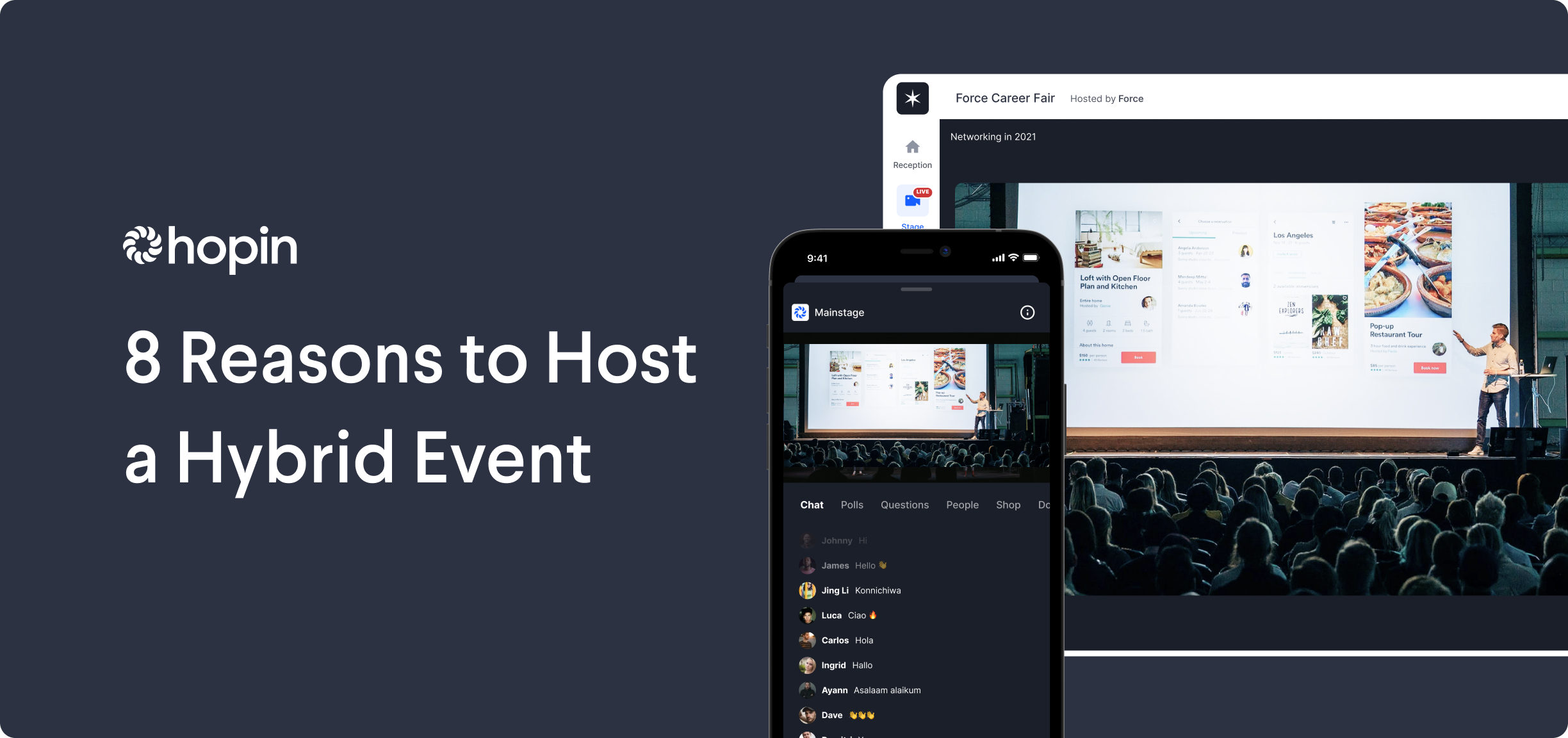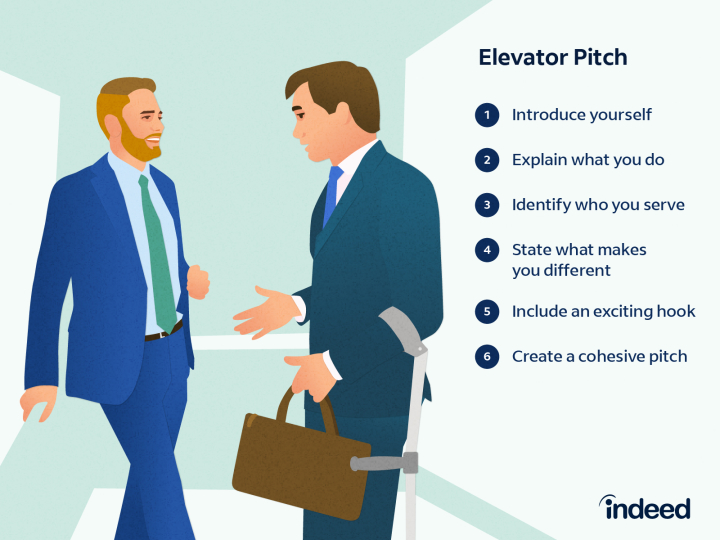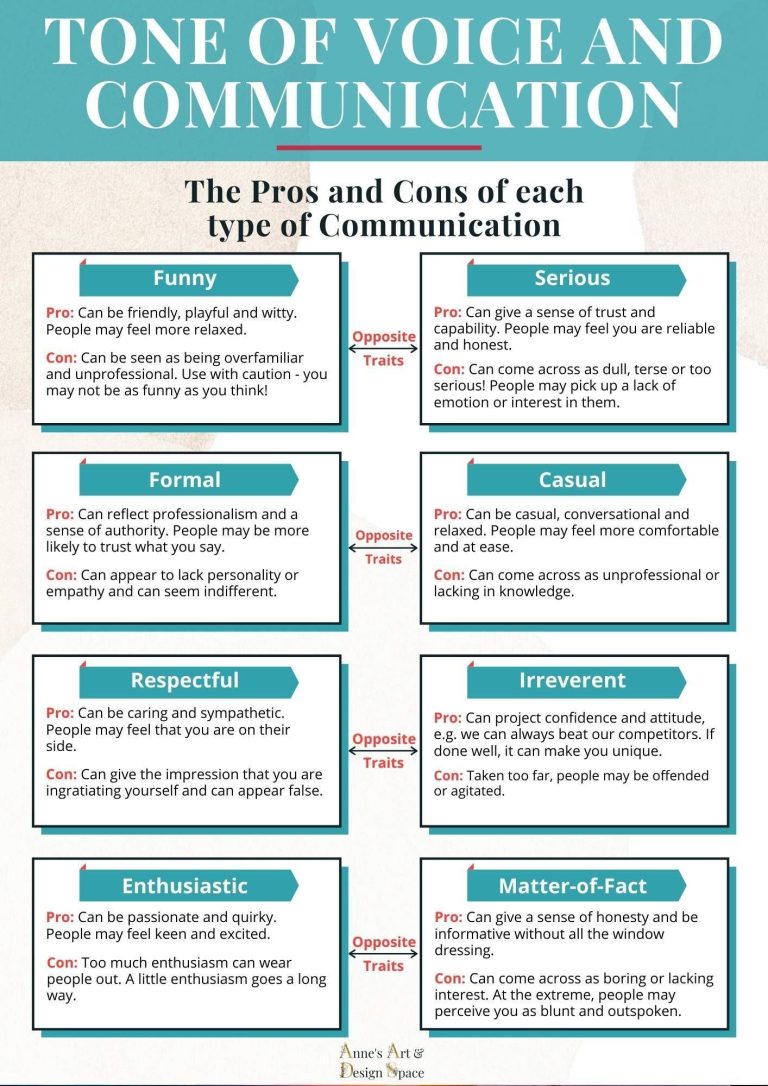How To Host A Hybrid Event
To host a hybrid event, plan a combination of in-person and virtual components while ensuring seamless integration and engagement for both audiences. Hybrid events have gained popularity due to their ability to reach a wider audience and provide flexibility for participants.
Combining in-person and virtual elements, these events offer an inclusive experience that accommodates different preferences and circumstances. Whether you’re hosting a conference, workshop, or trade show, the key to a successful hybrid event lies in careful planning and execution. We will explore the steps involved in hosting a hybrid event, including selecting the right venue, leveraging technology, and creating engaging content to captivate both in-person and virtual attendees.
By following these guidelines, you can create a memorable and impactful hybrid event that maximizes reach and promotes meaningful connections.
Choose The Right Venue
When it comes to hosting a successful hybrid event, choosing the right venue is crucial. This decision will not only impact the overall experience for both in-person and virtual attendees, but it will also determine the technical capabilities and logistical considerations that need to be addressed. In this section, we will explore the key considerations for hybrid events and the features you should look for in a venue.
Considerations For Hybrid Events
Hosting a hybrid event requires careful planning and consideration of both in-person and virtual attendees. Here are some important factors to keep in mind:
1. Accessibility
Ensure that the venue is easily accessible for both in-person attendees and remote participants. Accessibility features may include wheelchair ramps, elevators, and a reliable internet connection for virtual attendees.
2. Capacity
Consider the maximum capacity of the venue to accommodate both in-person and virtual attendees. Make sure the venue has enough space to adhere to social distancing guidelines and provide a comfortable environment for all participants.
3. Technology Infrastructure
Check if the venue has the necessary technology infrastructure to support your hybrid event. This includes high-speed internet connectivity, audio-visual equipment, and video conferencing capabilities to ensure seamless communication between in-person and virtual attendees.
4. Flexibility
A hybrid event requires flexibility in terms of room layouts and seating arrangements. Look for a venue that can accommodate various setups, such as a stage for live presentations and designated areas for virtual attendees to participate.
Features To Look For In A Venue
Choosing the right venue for your hybrid event is essential to its success. Here are some key features to consider:
1. Reliable Internet Connection
A stable and fast internet connection is vital for virtual attendees to access the event and participate without any disruptions. Ensure that the venue provides a reliable Wi-Fi network or the option for wired connections.
2. Advanced AV Equipment
Look for a venue equipped with state-of-the-art audio-visual equipment to enhance the overall experience for both in-person and virtual attendees. This includes high-quality microphones, speakers, cameras, and projectors.
3. Professional Technical Support
Having a dedicated technical support team at the venue is essential to troubleshoot any technical issues that may arise during the event. Make sure the venue can provide skilled technicians who are familiar with hybrid event setups.
4. Hybrid-Friendly Spaces
Ensure that the venue has dedicated spaces or rooms specifically designed for hybrid events. These spaces should have the necessary infrastructure to support a seamless integration of virtual attendees into the event.
Choosing the right venue for your hybrid event is a critical step towards creating a memorable and immersive experience for all participants. By considering the key factors and features discussed in this section, you can ensure a successful and engaging hybrid event.

Credit: www.pcma.org
Invest In The Right Technology
Invest in the right technology to successfully host a hybrid event. With the right tools and equipment, you can ensure a seamless and engaging experience for both in-person and virtual attendees.
Invest in the Right Technology When it comes to hosting a successful hybrid event, investing in the right technology is essential. The right tools and platforms can make a world of difference in creating a seamless experience for both in-person and virtual attendees. In this section, we will explore the essential tech tools for a successful hybrid event, as well as tips for choosing the right streaming platform.Essential Tech Tools For A Successful Hybrid Event
To ensure a smooth and engaging hybrid event, there are a few essential tech tools you should consider investing in. Here are the must-haves: 1. High-Quality Cameras and Microphones: – Invest in high-quality cameras and microphones to capture the event in vivid detail. – Good video and audio quality are crucial for virtual attendees to feel like they are part of the experience. 2. Reliable High-Speed Internet Connection: – A reliable high-speed internet connection is a necessity to ensure uninterrupted streaming. – Test the internet connection at the venue beforehand to avoid any last-minute surprises. 3. Video Streaming Software: – Choose a reliable video streaming software that offers features like live chat and attendee tracking. – Look for platforms that allow seamless integration with your event registration and ticketing systems. 4. Virtual Event Platforms: – Explore virtual event platforms that offer interactive features like virtual booths and networking lounges. – These platforms can help enhance the virtual attendee experience and foster engagement.Choosing The Right Streaming Platform
When it comes to choosing the right streaming platform for your hybrid event, there are a few factors to consider. Keep the following tips in mind: 1. Scalability and Capacity: – Ensure that the streaming platform can handle the expected number of virtual attendees without any technical glitches. – Look for a platform that offers scalability, allowing you to easily expand if the event grows in the future. 2. Simplicity and User-Friendliness: – Opt for a streaming platform that is user-friendly for both event organizers and attendees. – The platform should be easy to navigate and provide a seamless experience for virtual attendees. 3. Customization Options: – Look for a streaming platform that allows for customization to match your event branding and theme. – This will help create a cohesive experience for both in-person and virtual attendees. 4. Robust Analytics and Reporting: – Choose a platform that provides detailed analytics and reporting on attendee engagement and interactions. – This data can be invaluable for measuring the success of your event and making improvements in the future. Investing in the right technology is crucial for hosting a successful hybrid event. By considering the essential tech tools and choosing the right streaming platform, you can create a seamless and engaging experience for all attendees, whether they are joining in-person or virtually. So, make sure to carefully evaluate your options and select the tools that best suit your event’s needs.Design A Engaging Agenda
When planning a hybrid event, designing an engaging agenda is essential to create a memorable experience for both in-person and virtual attendees. The agenda serves as a roadmap for the event, guiding participants through a well-organized and interactive program. In this section, we will explore effective strategies for balancing in-person and virtual activities, as well as incorporating interactive elements to keep everyone engaged throughout the event.
Balancing In-person And Virtual Activities
Creating a balance between in-person and virtual activities is crucial to ensure all participants feel included and engaged. Here’s how:
- Allocate time for both in-person and virtual sessions to cater to the needs of both audiences.
- Offer synchronized content, where virtual attendees can access and participate in the same activities as those present in person.
- Ensure an equal distribution of opportunities for interaction, networking, and knowledge sharing between the two groups.
- Integrate technology that allows seamless communication and collaboration between in-person and virtual attendees.
Incorporating Interactive Elements
Interactive elements are powerful tools to keep participants engaged in both in-person and virtual settings. Consider the following approaches:
- Include live polls and surveys to gather real-time feedback and insights from attendees.
- Organize Q&A sessions with interactive tools that allow both in-person and virtual participants to ask questions and receive responses.
- Encourage networking and engagement by providing virtual chat rooms or video breakout sessions for small group discussions.
- Utilize gamification techniques to add an element of fun and competition, such as quizzes, challenges, or scavenger hunts.
An engaging agenda is the backbone of a successful hybrid event. By balancing in-person and virtual activities while incorporating interactive elements, you can create an inclusive and interactive experience that leaves a lasting impression on all participants.

Credit: www.markletic.com
Ensure A Seamless Experience For Attendees
Discover the secrets to hosting a seamless hybrid event, ensuring that attendees have an exceptional experience from start to finish. Find out how to seamlessly blend in-person and virtual elements to create a unique and engaging event for all participants.
Providing Clear Communication Channels
Clear and efficient communication is crucial to ensure a seamless experience for attendees of a hybrid event. By implementing various communication channels, you can keep attendees well-informed throughout the entire event. Utilize the following strategies:
1. Utilize an Event Website
Create a dedicated event website that serves as a central hub for all important information. This website should offer a user-friendly interface and include key details such as agenda, speaker bios, and FAQs. Make sure the website is mobile-responsive, allowing attendees to access it easily from their smartphones or tablets.
2. Leverage Email Communication
Email is a reliable and effective way to reach out to attendees before, during, and after the event. Send regular updates, reminders, and important announcements to make attendees feel informed and supported. Personalize emails whenever possible to enhance engagement.
3. Set Up a Live Chat Feature
Having a live chat feature on your event website provides attendees with instant assistance and support. This feature can be used to address any technical issues they may encounter, answer their questions promptly, and create a sense of community among participants.
Preparing Attendees For The Hybrid Format
Transitioning from traditional in-person events to a hybrid format requires additional preparation for attendees. To ensure a seamless experience, take the following steps:
1. Provide Pre-Event Instructions
Prior to the event, send attendees a comprehensive guide on how to navigate and make the most of the hybrid format. Include information on accessing the virtual platform, using interactive features, and participating in remote Q&A sessions. Make sure these instructions are organized and easy to follow.
2. Conduct Technical Checks
To avoid any last-minute technical difficulties, encourage attendees to perform system compatibility checks well in advance. Provide them with a detailed checklist of the required software, stable internet connection, and compatible devices. Conduct test sessions and offer assistance to address any potential issues.
3. Encourage Engagement through Social Media
Social media platforms offer a great opportunity to build excitement and engagement among attendees. Create event-specific hashtags and encourage participants to share their experiences, insights, and photos. Engage with their posts by liking, commenting, and sharing to foster a sense of community during both the in-person and virtual components of the hybrid event.
Post-event Analysis And Follow-up
Once your hybrid event has successfully concluded, the work doesn’t end there. A thorough post-event analysis and follow-up are crucial for ensuring future success and improving your event planning strategies. Gathering feedback and evaluating the event, as well as implementing effective post-event follow-up strategies, are key steps in this process.
Gathering Feedback And Evaluating The Event
Gathering feedback from both your in-person and virtual attendees is essential for understanding their experiences and identifying areas for improvement. Here are some effective ways to collect feedback:
- Distribute online surveys to capture attendees’ opinions and suggestions. Keep the survey concise and easy to complete.
- Encourage attendees to provide feedback through social media platforms such as Facebook, Twitter, or LinkedIn by creating dedicated event-related hashtags.
- Request feedback during the event registration process to obtain immediate input on attendees’ expectations and preferences.
After gathering feedback, it’s crucial to evaluate the event’s overall success and analyze the data collected. Look for trends and patterns in the feedback to identify strengths and weaknesses of your hybrid event. Some aspects to evaluate include:
- Attendance rates and engagement metrics
- Level of satisfaction expressed by attendees
- Performance of speakers, sessions, and interactive activities
- Quality and functionality of the virtual platform
- Effectiveness of networking opportunities
Implementing Post-event Follow-up Strategies
After evaluating the event, it’s time to implement post-event follow-up strategies to nurture existing relationships, gather additional insights, and maintain momentum. Here are a few strategies to consider:
- Send personalized thank-you emails to all attendees, expressing your appreciation for their participation and feedback.
- Share a post-event survey to gather more detailed feedback and suggestions for future events.
- Provide attendees with access to recorded sessions or additional resources they might find useful.
- Invite attendees to continue networking through virtual platforms or offline events.
- Utilize social media platforms to share key takeaways, photos, or videos from the event, encouraging attendees to engage and share their experiences.
By actively engaging in these post-event activities, you demonstrate your commitment to delivering a memorable experience and build goodwill among your attendees. Moreover, the feedback and insights gained during this process will significantly contribute to the ongoing improvement of your hybrid event strategies.

Credit: recharity.ca
Frequently Asked Questions Of How To Host A Hybrid Event
How Can I Plan A Hybrid Event Successfully?
To plan a successful hybrid event, define your goals, choose the right technology, engage with virtual attendees, and ensure seamless communication between the physical and virtual components.
What Are The Benefits Of Hosting A Hybrid Event?
Hosting a hybrid event allows you to reach a larger audience, increase attendee engagement, accommodate remote participants, and generate valuable data for future events.
What Technology Do I Need To Host A Hybrid Event?
To host a hybrid event, you’ll need reliable internet connectivity, audiovisual equipment, live streaming software, a virtual event platform, and interactive tools for virtual audience participation.
Conclusion
Hosting a successful hybrid event requires careful planning, integration of virtual and in-person elements, and effective communication with attendees. By embracing technology and utilizing the right tools, organizers can create a seamless and engaging experience for both virtual and in-person participants.
Remember to provide clear instructions, offer networking opportunities, and leverage the power of live streaming to expand audience reach. With these strategies in place, your hybrid event is sure to be a hit.



